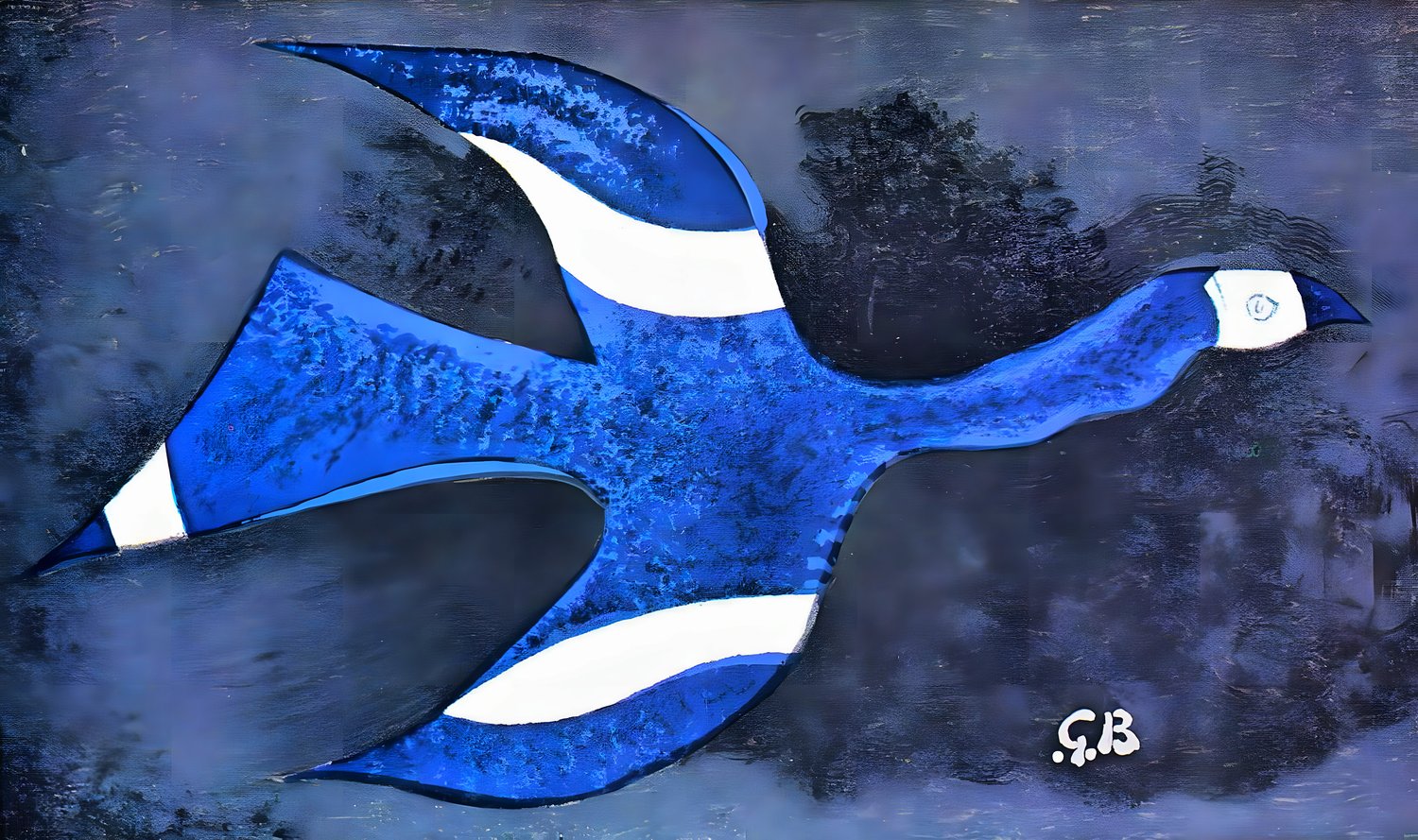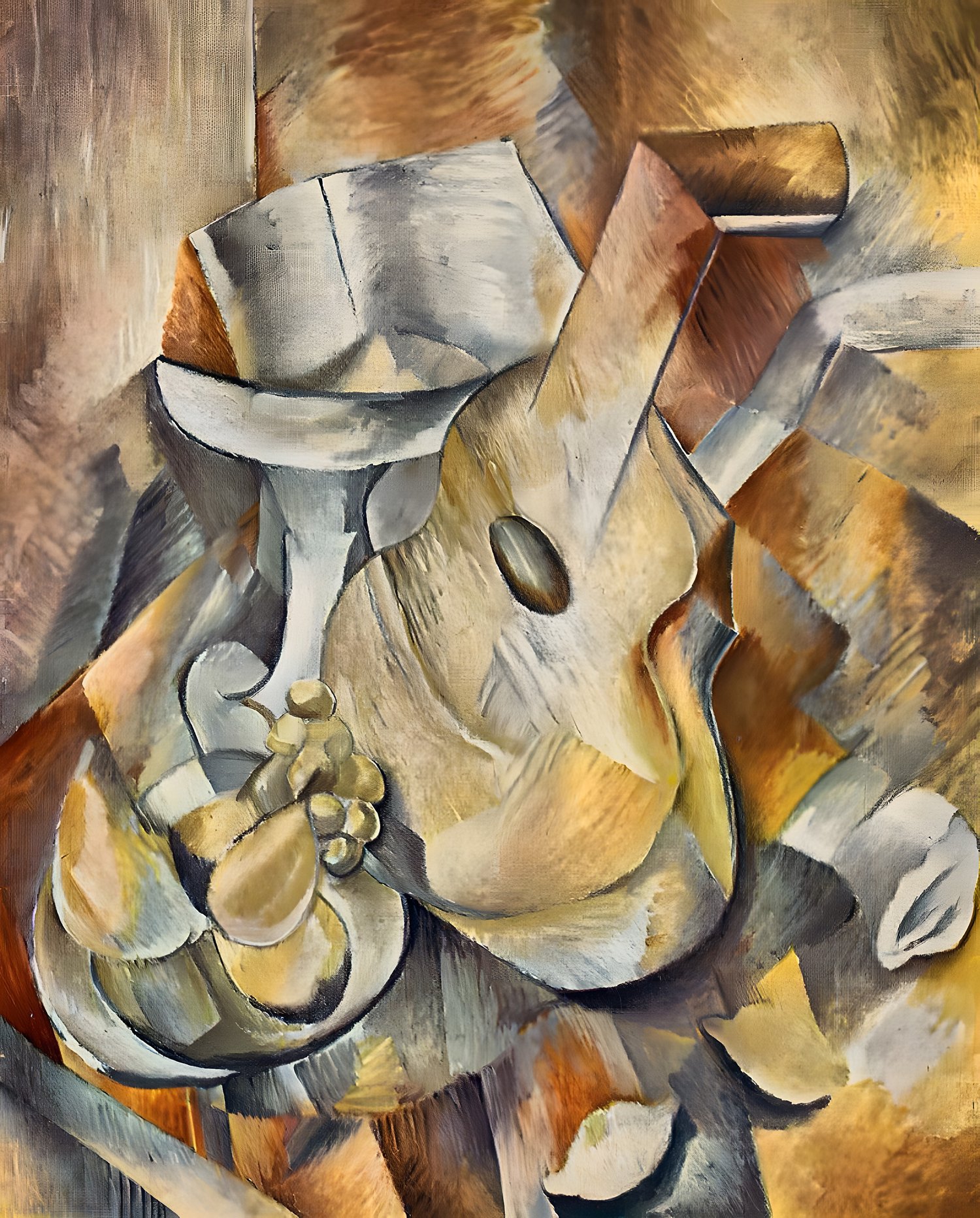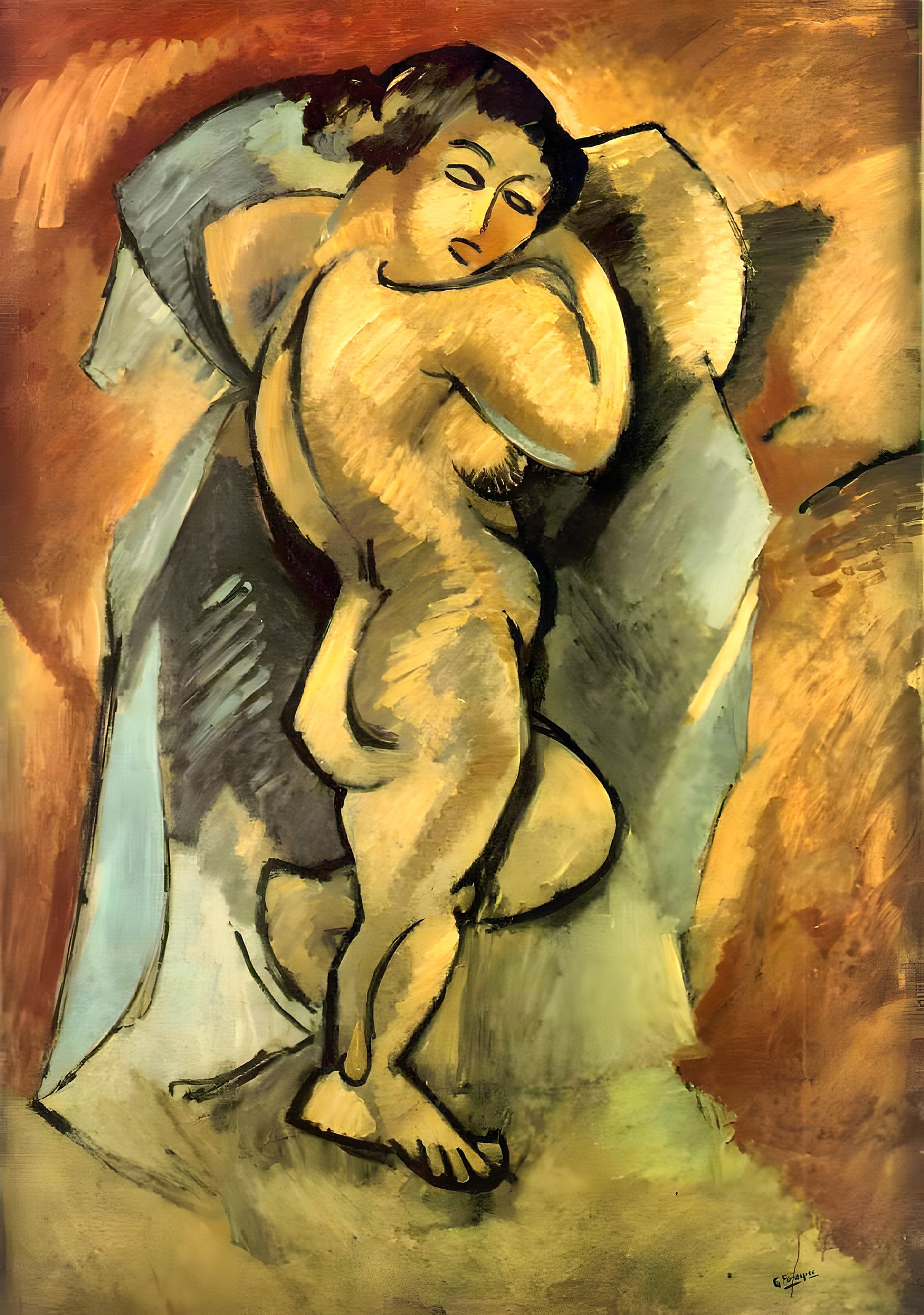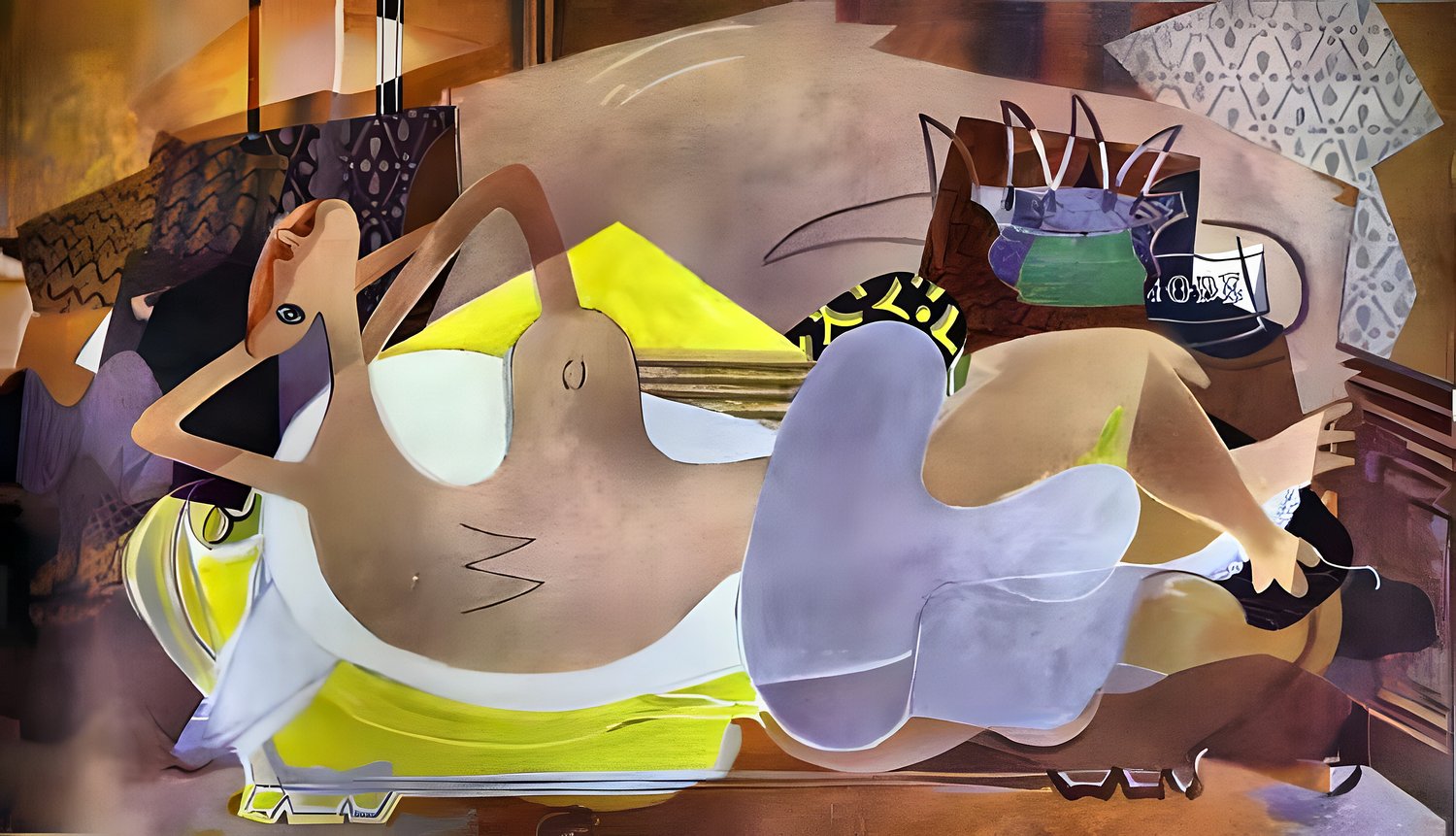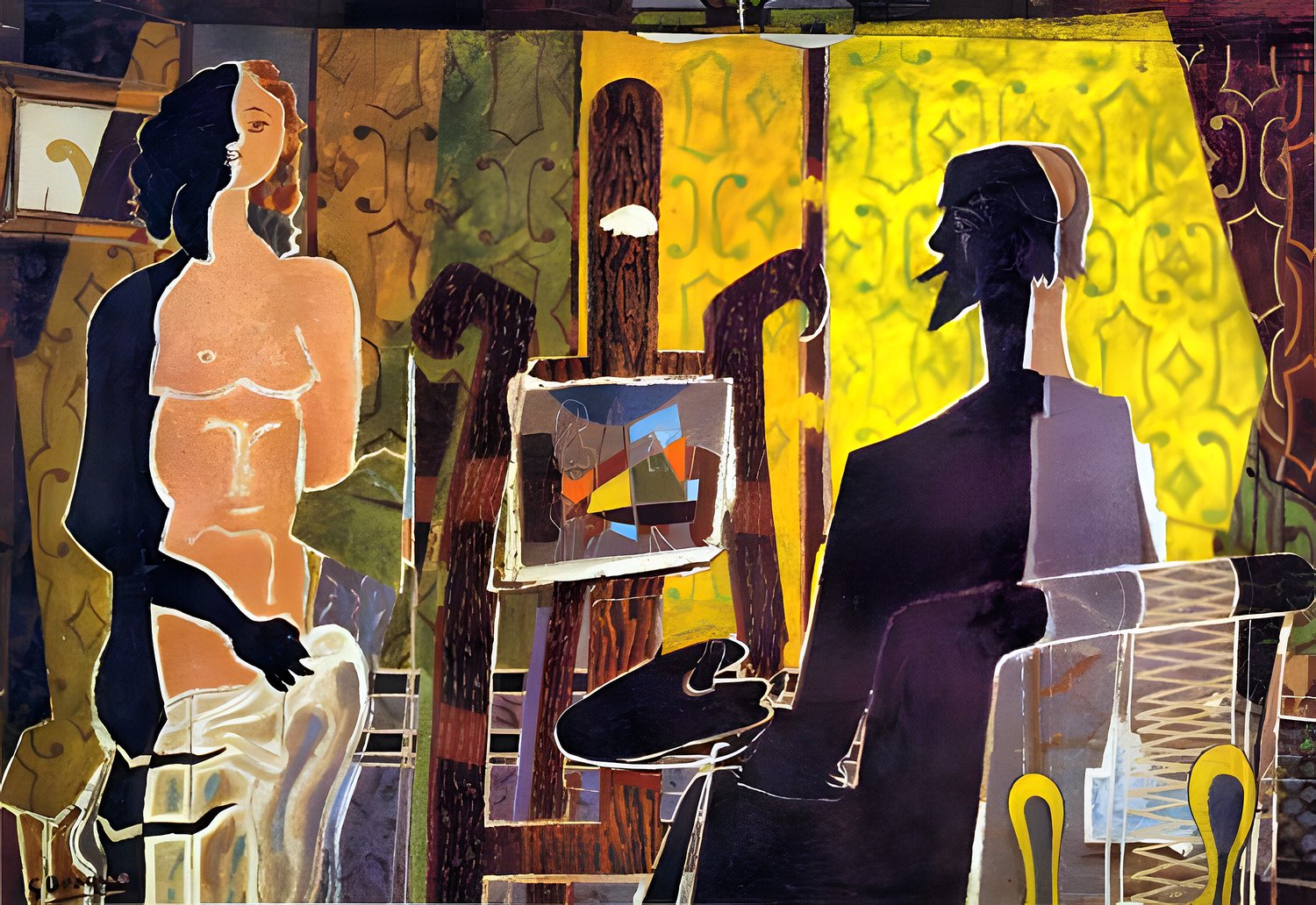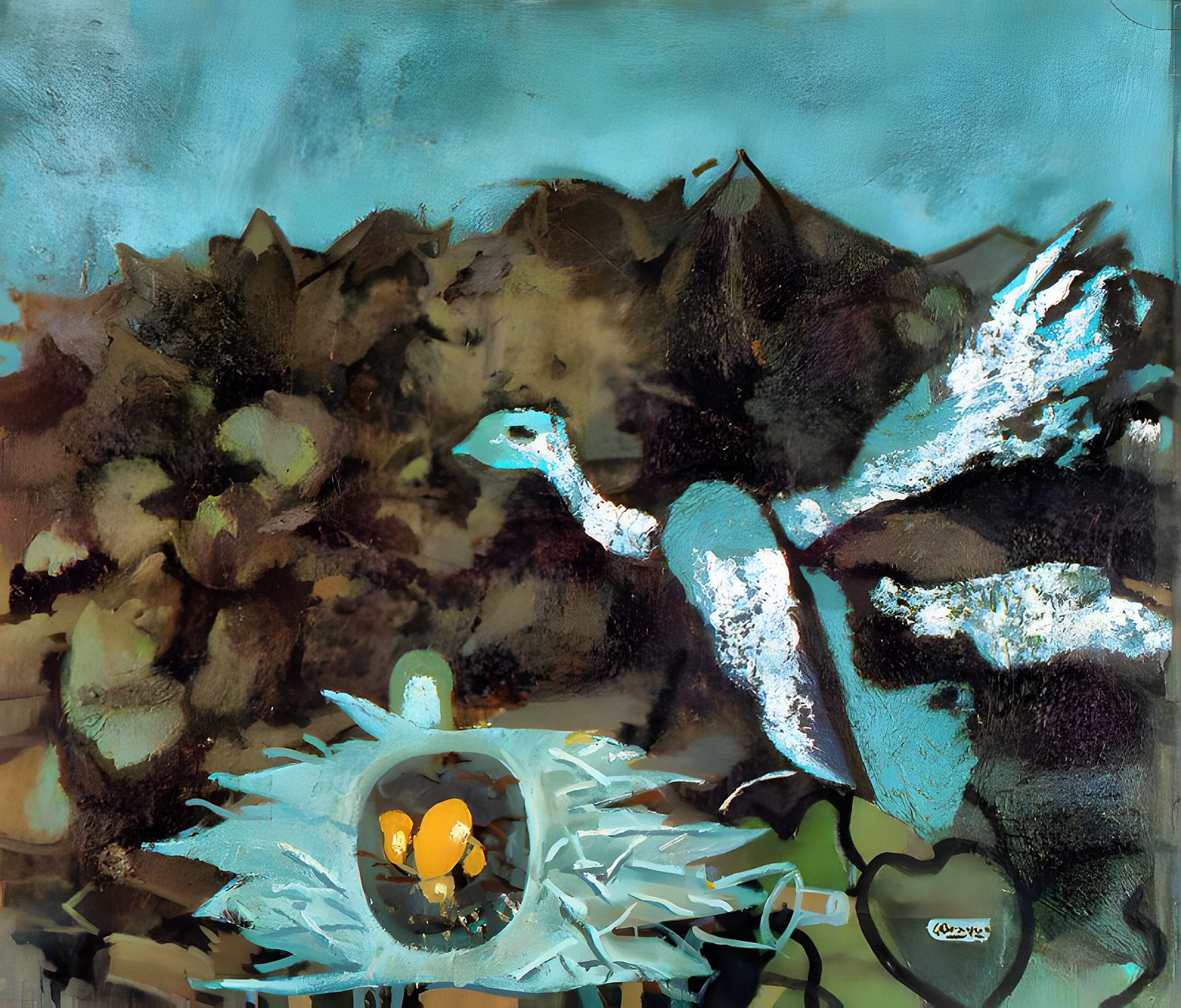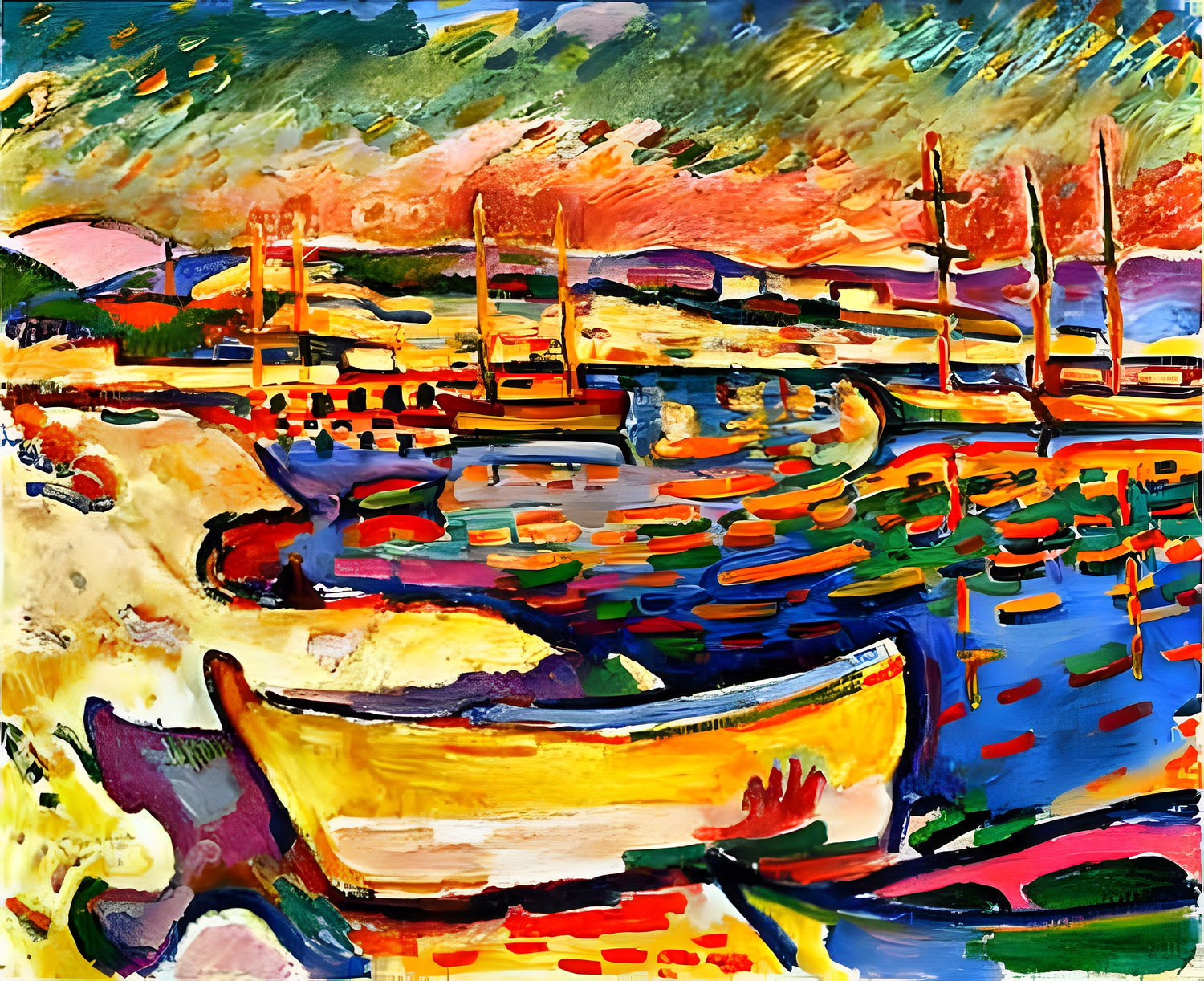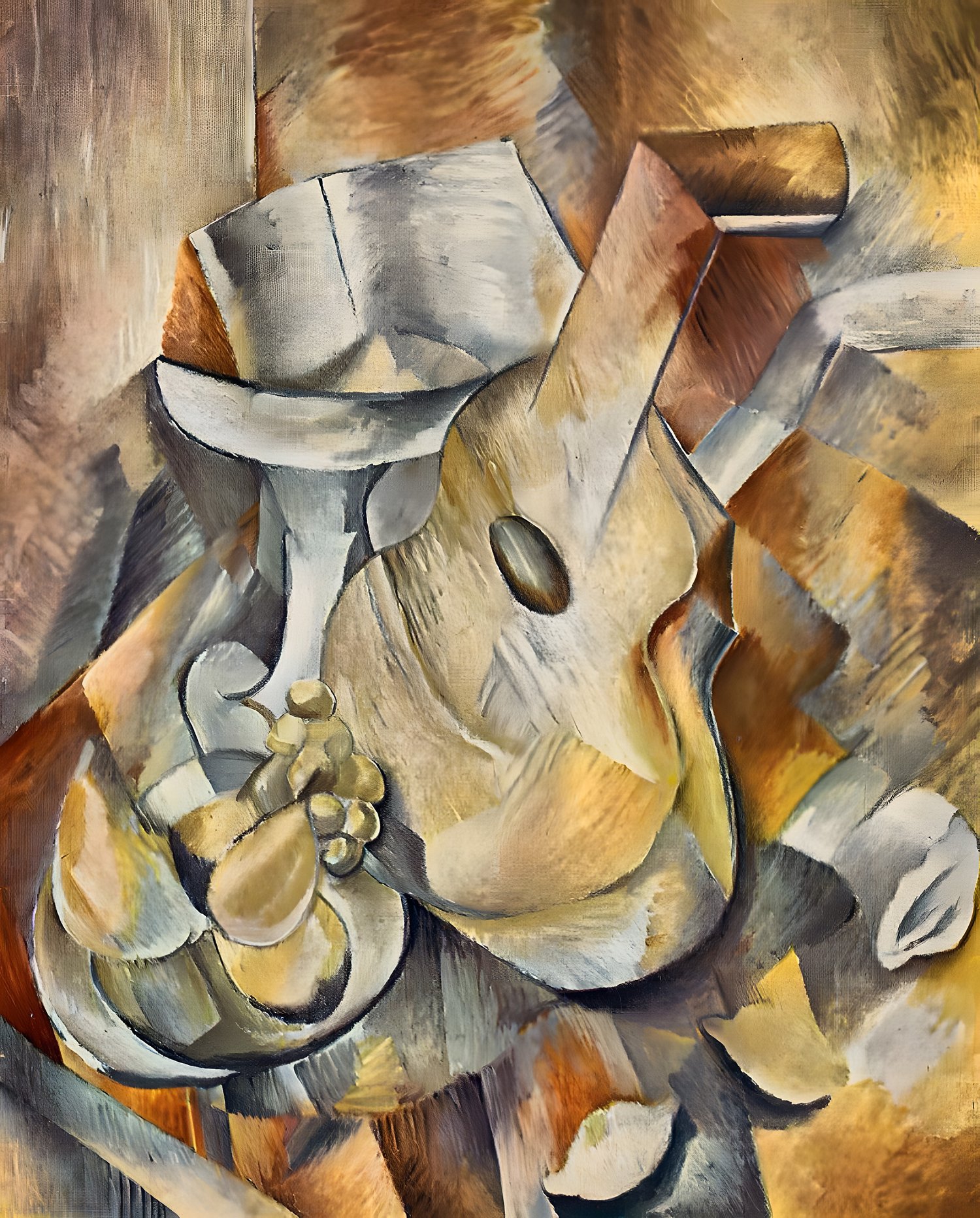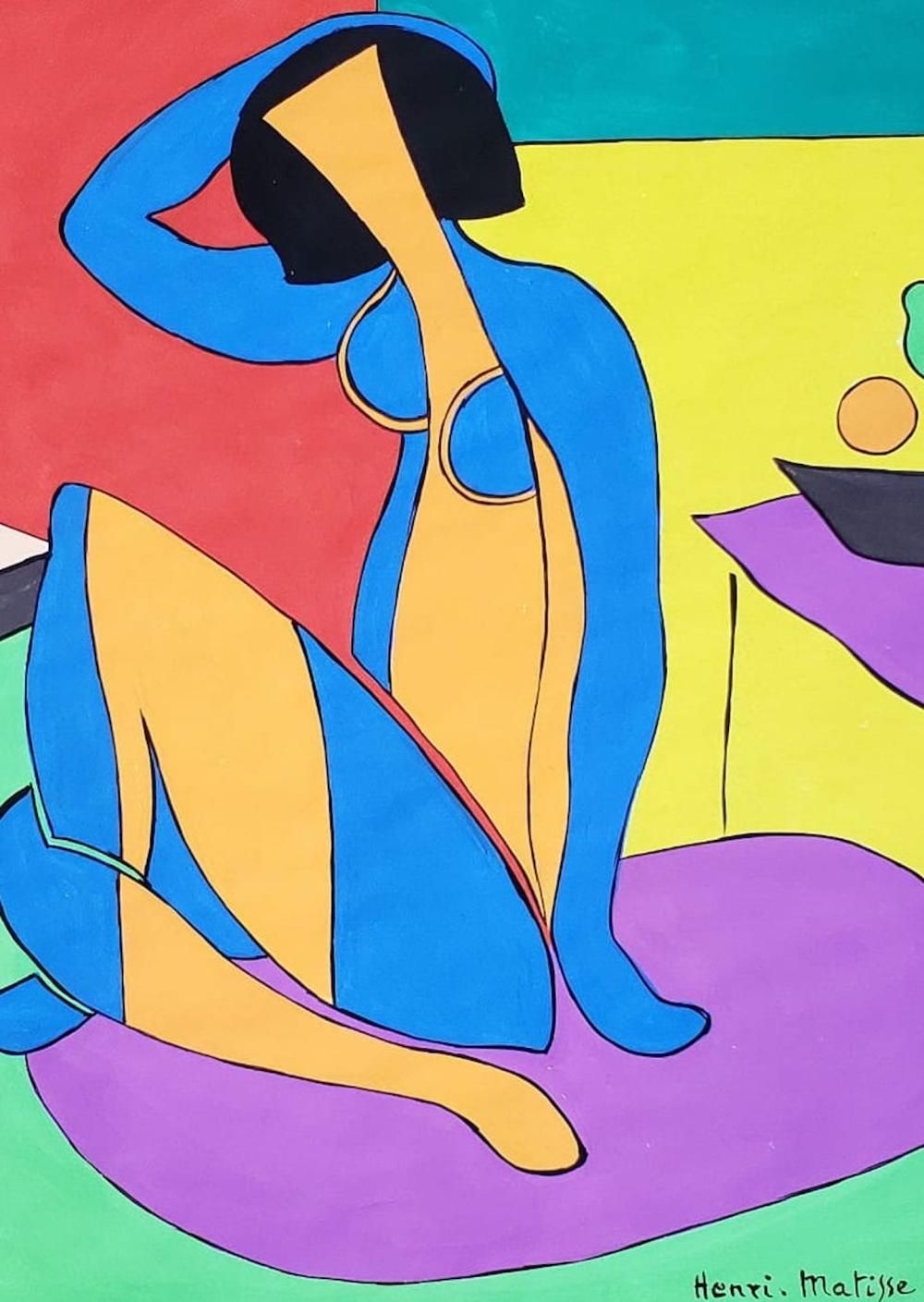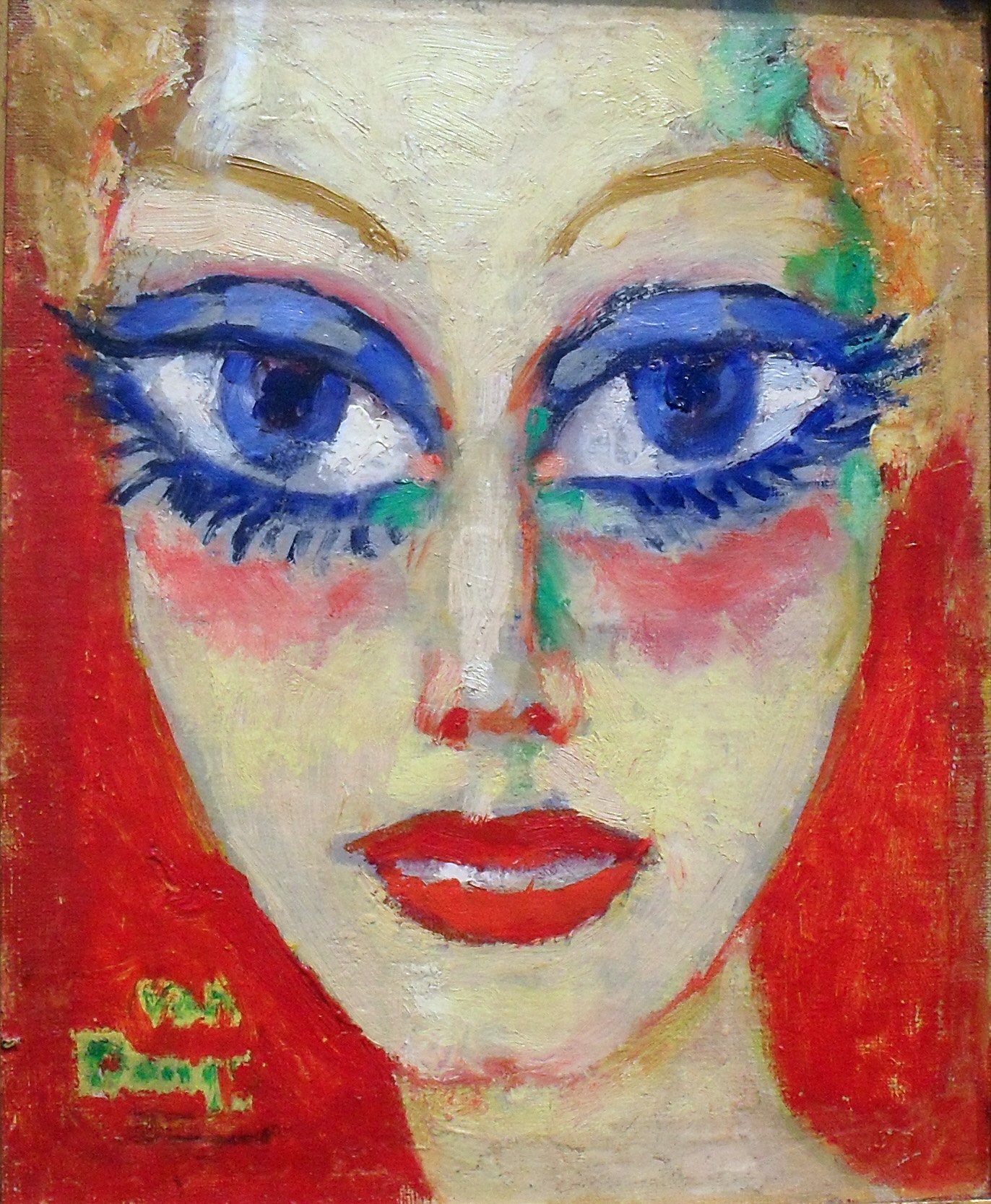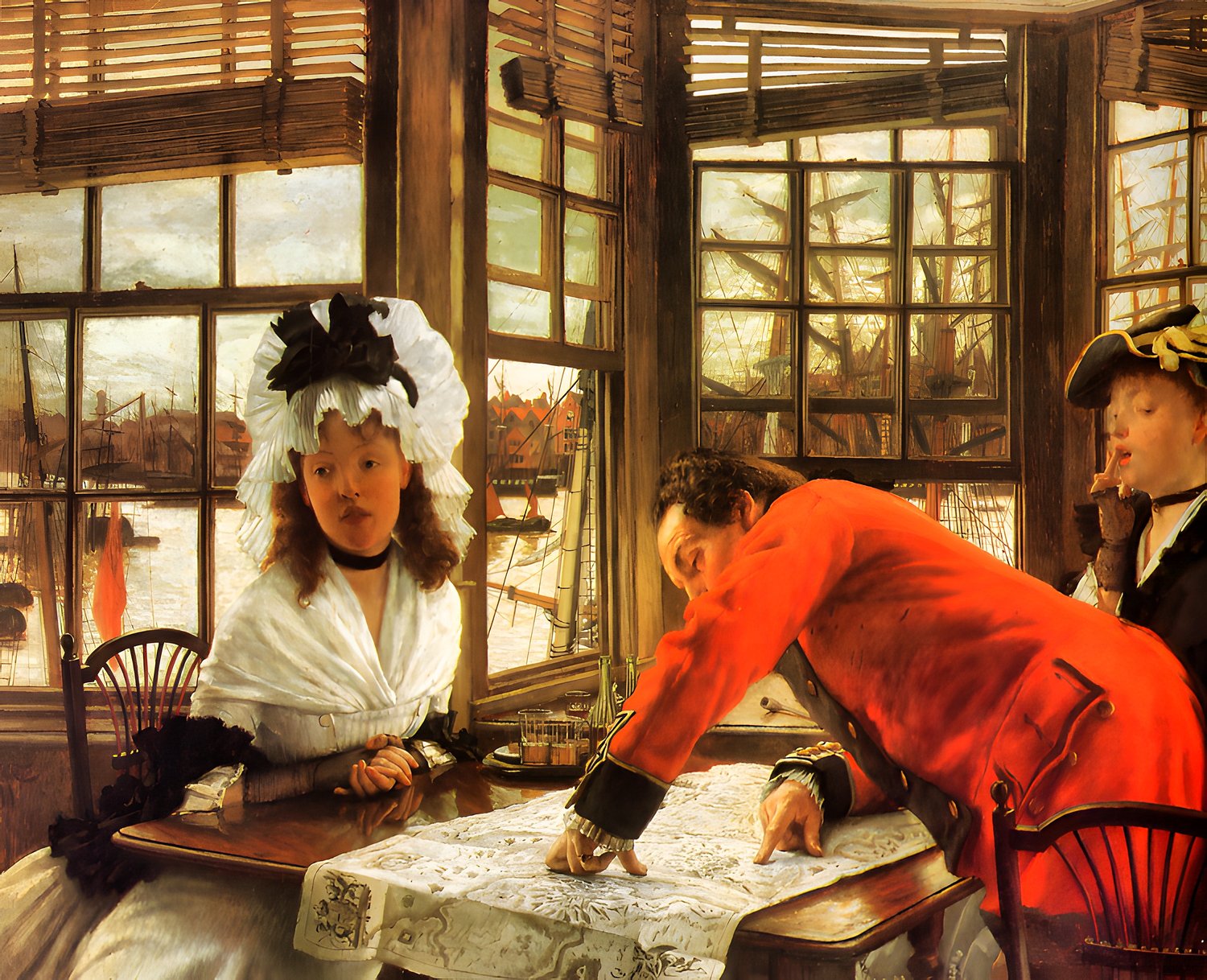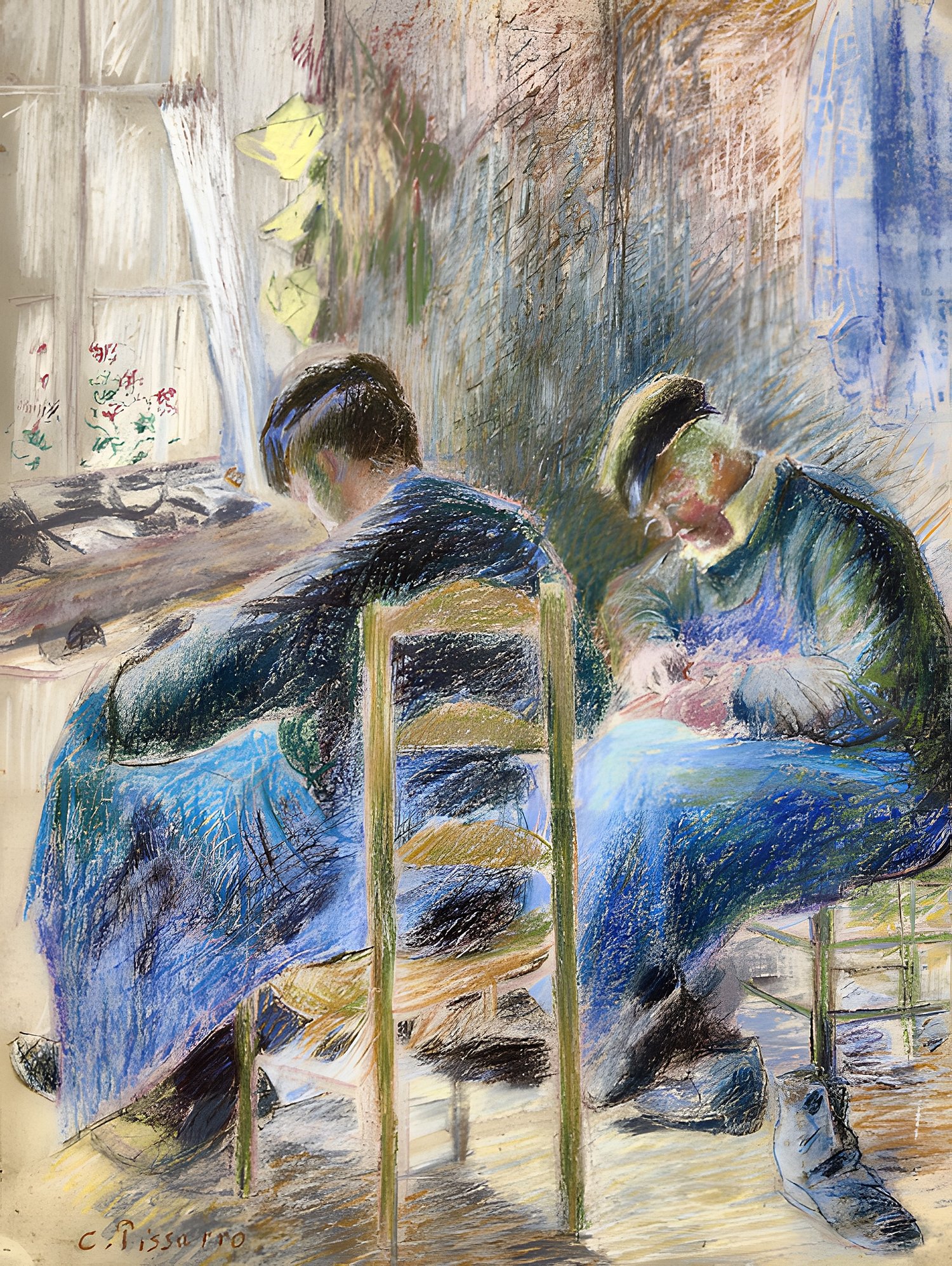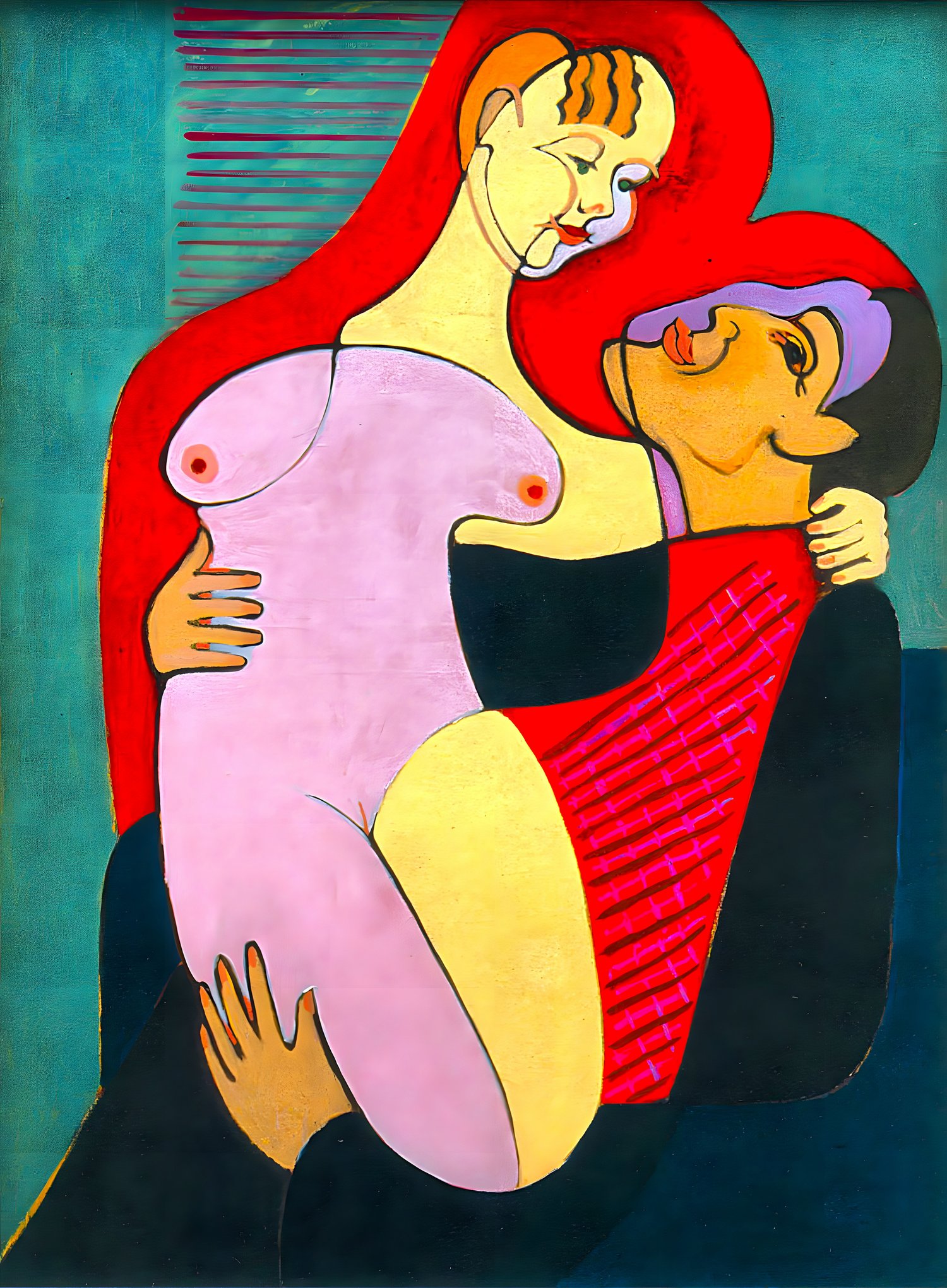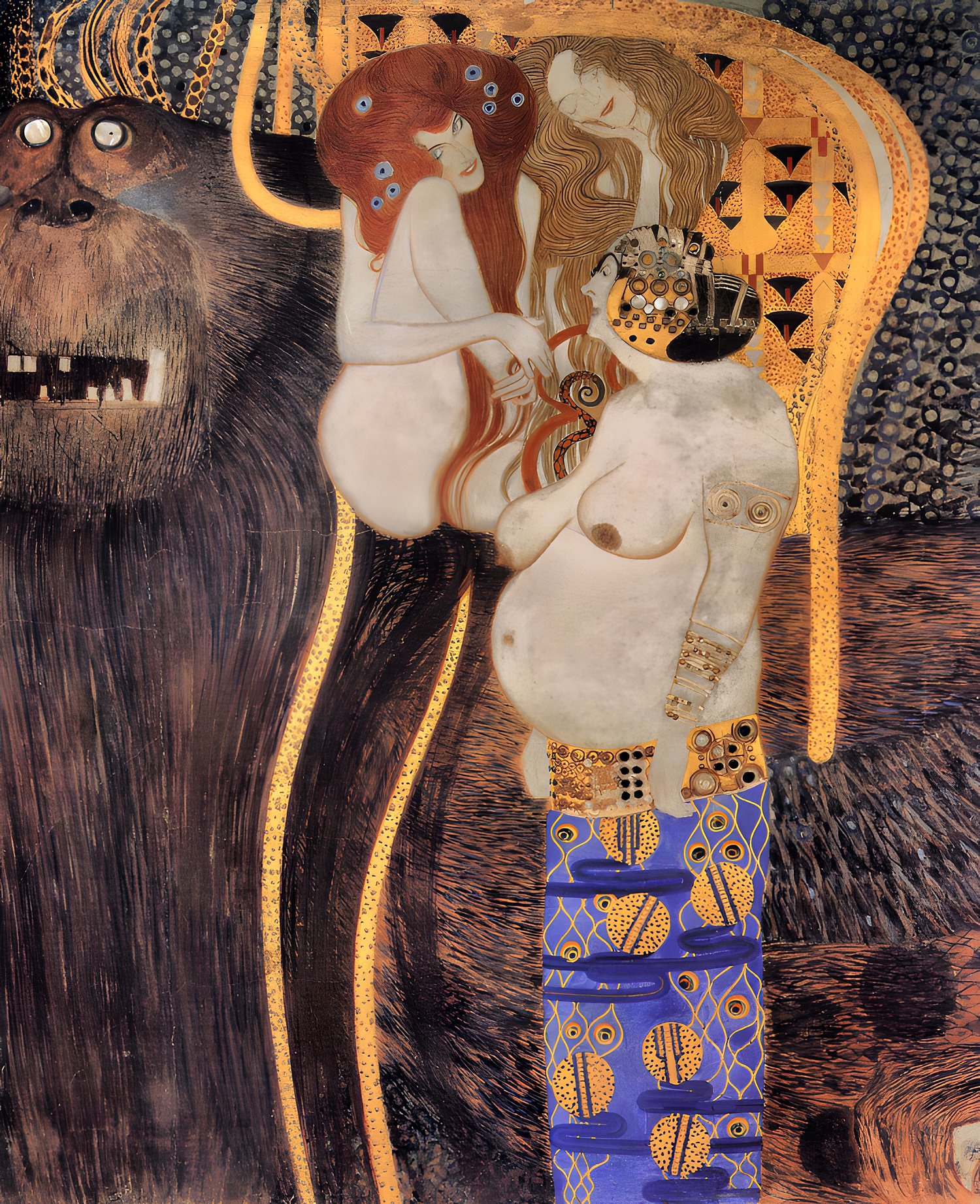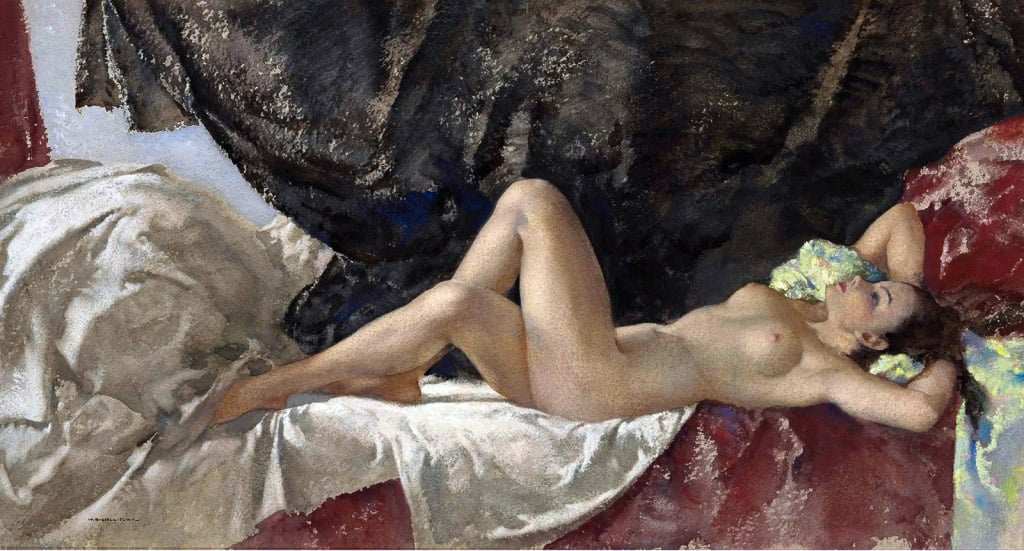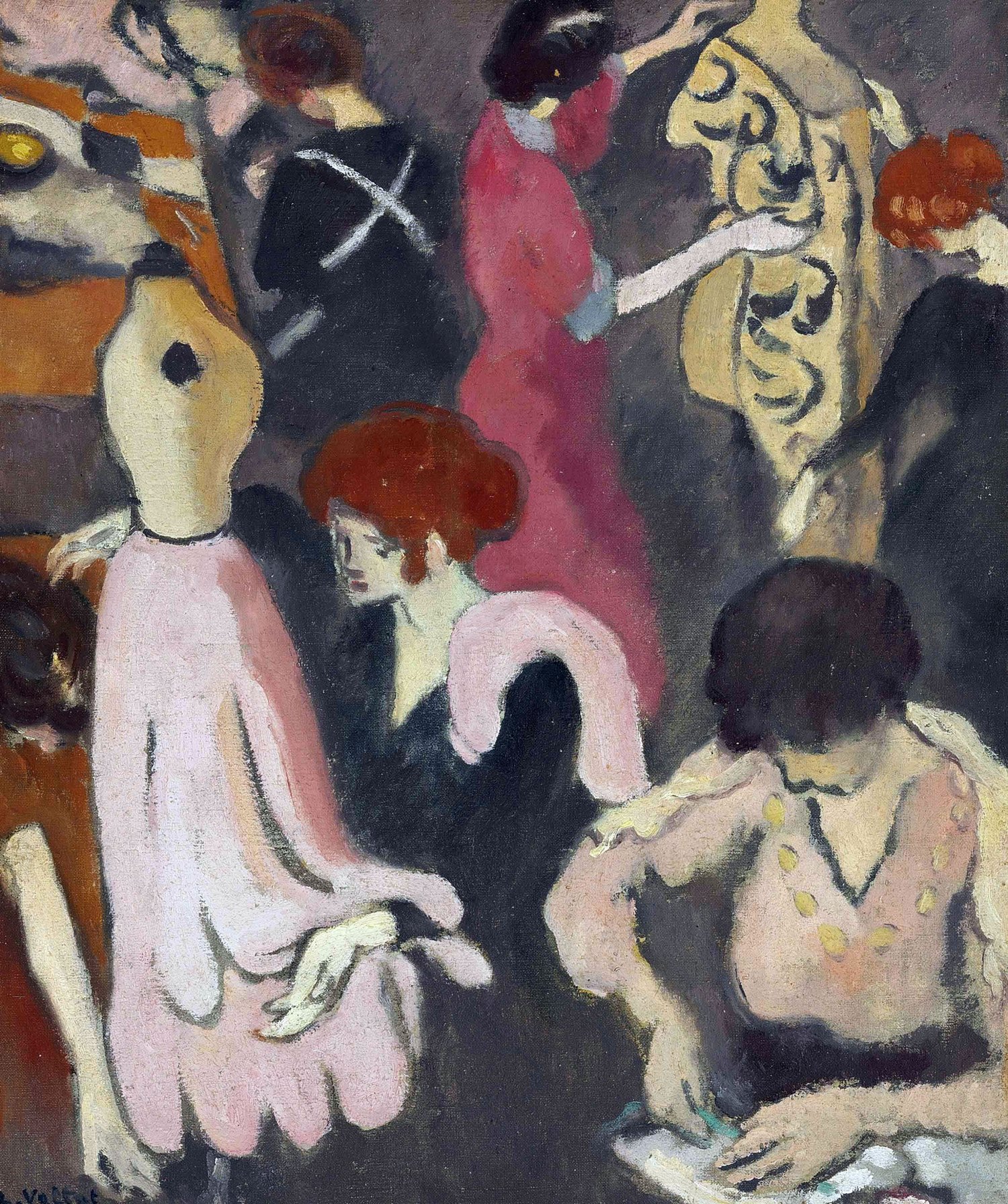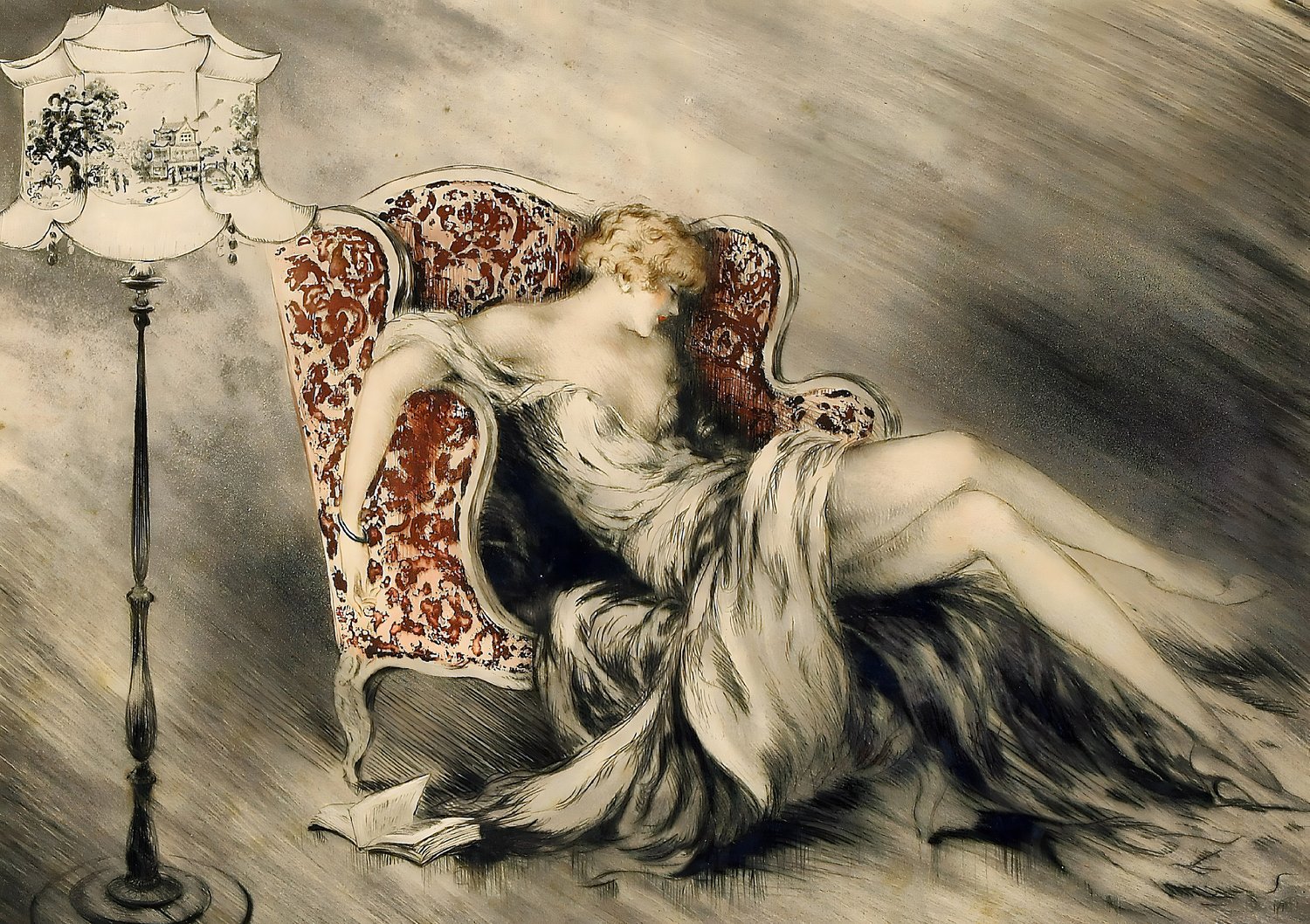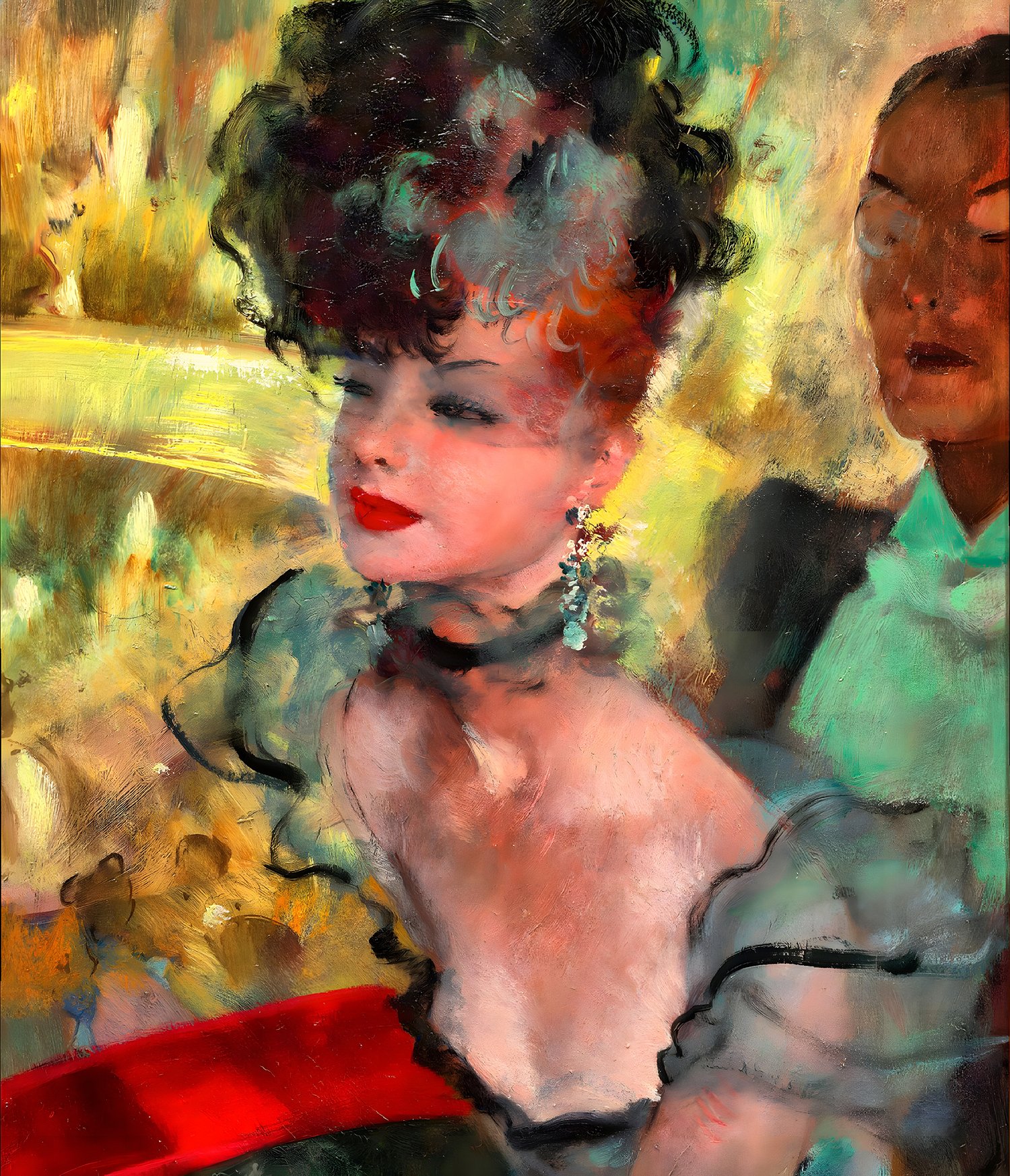Georges Braque. Package of 70 High-Res artist's paintings
On Sale
$6.00
$3.99

The contents of this package are here
Georges Braque (1882–1963) was born in the suburbs of Paris - Argenteuil, famed by impressionist; here his father owned a workshop for interior decoration. Georges studied the craft of decorators in Le Havre, then in Paris at the School of Fine Arts.Fascinated by the art of Matisse, in 1906, he adjoins the "Fauvists" and creates a series of landscapes that seem to absorb all the power of the southern sun and the brightness of the colors of Provence.
Even then, the art of Cezanne and Picasso strongly influenced him - this leads to a radical change in the style of his paintings. Instead of the former fluid forms, powerful geometric volumes appear. A riot of colors, festive burning colors are replaced by an ascetic range of muted yellowish-ocher, green and blue-gray tones, like in Cezanne. It was then that the expression “cubes” appeared in the artists' speech, giving birth to the name of a new direction in the 20th century.
Since 1910 Braque begins to work closely with Picasso. At this time, he writes mostly still lifes, in which the "cubes" begin to split into small faces that fill the entire surface of the canvas. The artist does not depict an object, but seeks to convey the plastic sensations and ideas about it. However, the rejection of the real image of objects led to the emasculation of the figurative content of the pictorial work. Braque, like Picasso, finally breaks with the traditional "nature". With the help of these techniques, not only new decorative effects were attracted, but a general feeling of the life of the modern city was created.
After World War I, Cubism is gradually becoming obsolete. He showed the destructiveness of exile the visual principle from the painting. But, like Picasso and most other modern masters, Braque relies on the freedom found in previous searches to depict not only the "visible", but also the "imaginable." His art now, as it were, balances between nature and the inner world of the artist and is, in many ways, "objectified" poetry.
The leading genre in the work of Braque of the 20s is still life. He creates multi-subject compositions using a variety of expressive means. The main distinctive feature of his works is an exquisite strict color, a unique harmony of deep and rich shades of yellow-brown, black and green tones, complemented by white, red or blue.
Along with still lifes, Braque in the 1920s painted portraits and a series of nudes, fascinating for their powerful plasticity, breadth of rhythm and beauty of color. Simultaneously with these female images, ancient characters appear for the first time in his art - "canphors", girls with sacred gifts in the form of fruits and flowers. These images combine monumentality with almost incorporeal ease.
In the early 1930s, Braque experienced the brief impact of surrealism. In the future, his painting acquires a new poetic and spatial breadth, as well as a special refinement of lines and color, and is filled with light. He writes a number of marine species, writes interiors that house tables with still lifes or pensive women with a combined face and profile, outlined by a winding outline.
Georges Braque entered the history of art of the 20th century as one of the founders of cubism and as a successor of the classical tradition of a clear, harmoniously balanced form. Braque died in Paris on August 31, 1963. The grave of Georges Braque is located in Warengeville-sur-Mer cemetery. Pictures of Braque presented in the best museums in the world


